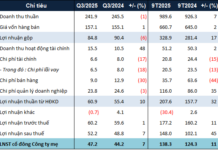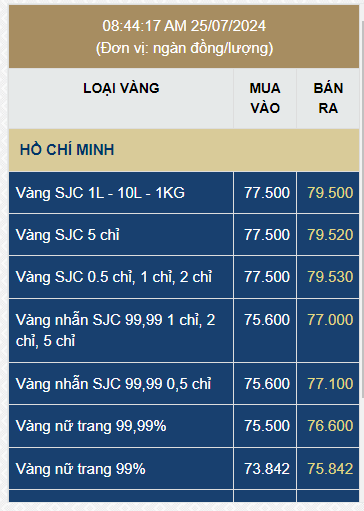As of the end of July 2024, total credit debt in Ho Chi Minh City’s real estate sector surpassed VND 1 quadrillion, accounting for 27.6% of total credit debt and marking a 5.5% increase compared to the end of 2023 (surpassing the overall credit growth rate in the city, which stood at 3.9% in the first seven months).
Housing credit debt (including social, commercial, and other types of housing) accounted for the largest proportion, making up approximately 57% of the total real estate credit debt.

Real estate credit is mainly for medium and long-term loans
Debt from social housing loans reached VND 2,543 billion, a significant 78% increase compared to the end of 2023. This surge in debt can be attributed to the proactive disbursement of loans for social housing projects in the city by credit institutions since the beginning of the year until the end of July. Notably, VND 170 billion was disbursed from the VND 120,000 billion package for a project providing rental housing for workers in Thu Duc City.
Credit debt for real estate in business production, such as loans for developing industrial park infrastructure, export processing zones, constructing office buildings, skyscrapers, restaurants, and hotels in tourist areas, has achieved a considerable growth rate.
Specifically, debt from loans for developing industrial park infrastructure reached VND 48,392 billion, a rise of 18.4%, while debt from office building loans amounted to VND 24,041 billion, a 14% increase compared to the end of 2023.
According to the Ho Chi Minh City branch of the State Bank of Vietnam, the growth of real estate credit in the city aligns with the market’s upward trend. However, as real estate credit primarily consists of medium and long-term loans with extended durations, the efficient and sustainable growth and development of the market significantly impact the lending activities of commercial banks. Therefore, relevant organizations and individuals must strictly adhere to credit-related regulations, ensure proper usage of borrowed funds, and focus on enterprise efficiency to foster safe and effective credit growth, thereby propelling the real estate market forward.
Captivating Capital: Chairman Phan Van Mai on Ho Chi Minh City’s FDI Appeal
Ho Chi Minh City is a cultural melting pot, a vibrant metropolis brimming with diverse religions, languages, and culinary delights. The city’s welcoming and open-minded nature fosters an environment conducive to investment and success. It is a place where investors can forge trusting relationships and thrive. Ho Chi Minh City extends a warm invitation to investors, offering a collaborative platform to create shared value and harmonious growth.
“Addressing Overcrowding in Care Facilities: The Case for Transferring Overburdened Institutions”
The children from the Hoa Hong Shelter in Ho Chi Minh City have been relocated to other public social assistance centers, according to the Department of Child Affairs. The move ensures the children’s safety and well-being, with the new centers providing the necessary care and support.









































